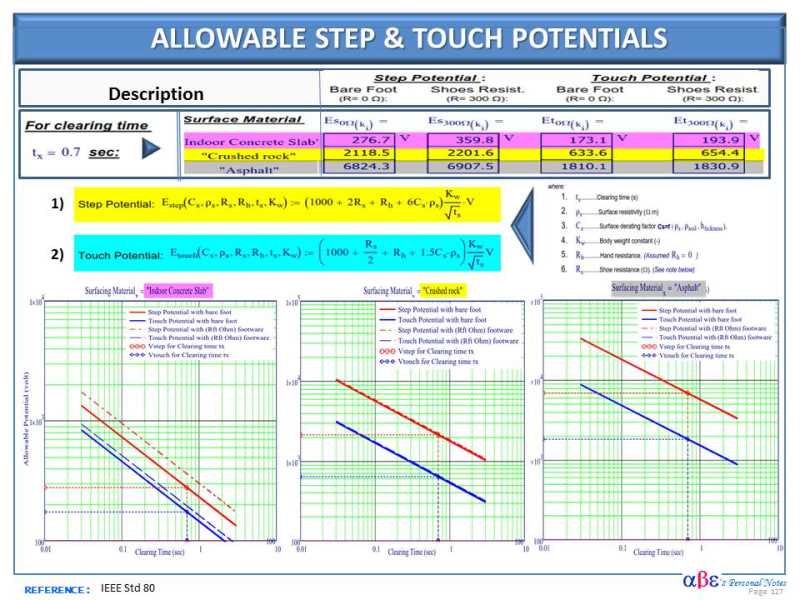I've gone through IEEE 80, local code requirements and design guidelines, but I'm struggling with the implementation of ground loops around a substation fence that has a host of interferences, different surface materials, etc.
I'm attaching a photo of the fence in question. The fence in question is the one that runs top-to-bottom in the picture.
I need ground loops both on the inside and outside of the fence.
What is throwing me off are the following:
1) Near the green building, one side of the fence is a concrete pad, the other side is grass/top soil. Do I just sawcut on the concrete side? Or use a metal grate bonded to the ground loop? Its not practical to tear everything up.
2) On the opposite side of the gate, one side of the fence is asphalt and the other side is grass/top soil. Again, do I just sawcut in the asphalt? Its not practical to tear everything up.
3) There are buried services around this gate: security cabling to card reader, power cable to gate operator, other 120V cables going to lightfixtures, and they all run around the sliding gate.
4) The gate is a sliding gate. I assume it needs a flexible ground connection as well. Any vendor/part recommendations?
5) What do I do with a ground conductor when it hits a curb?
I am all out of ideas and need practical tips on the constructability of ground loops in this area. How do I install the ground conductors? Just sawcut the concrete? Sawcut the asphalt? We can't tear the ground up because of (1) existing services and (2) highly trafficked area. We also can't change the top surface material easily.
Brownfield jobs are the worst.
I'm attaching a photo of the fence in question. The fence in question is the one that runs top-to-bottom in the picture.
I need ground loops both on the inside and outside of the fence.
What is throwing me off are the following:
1) Near the green building, one side of the fence is a concrete pad, the other side is grass/top soil. Do I just sawcut on the concrete side? Or use a metal grate bonded to the ground loop? Its not practical to tear everything up.
2) On the opposite side of the gate, one side of the fence is asphalt and the other side is grass/top soil. Again, do I just sawcut in the asphalt? Its not practical to tear everything up.
3) There are buried services around this gate: security cabling to card reader, power cable to gate operator, other 120V cables going to lightfixtures, and they all run around the sliding gate.
4) The gate is a sliding gate. I assume it needs a flexible ground connection as well. Any vendor/part recommendations?
5) What do I do with a ground conductor when it hits a curb?
I am all out of ideas and need practical tips on the constructability of ground loops in this area. How do I install the ground conductors? Just sawcut the concrete? Sawcut the asphalt? We can't tear the ground up because of (1) existing services and (2) highly trafficked area. We also can't change the top surface material easily.
Brownfield jobs are the worst.

